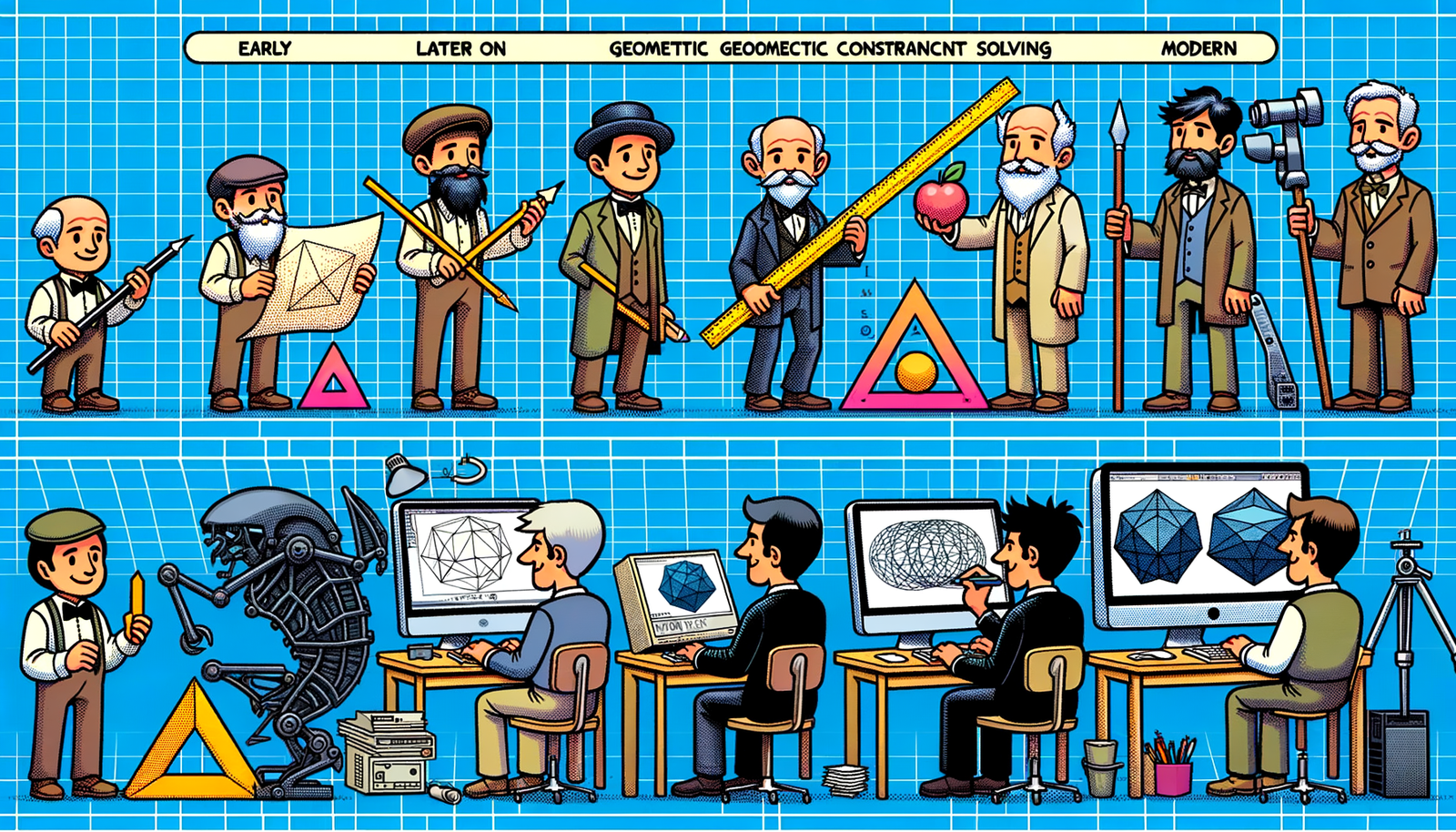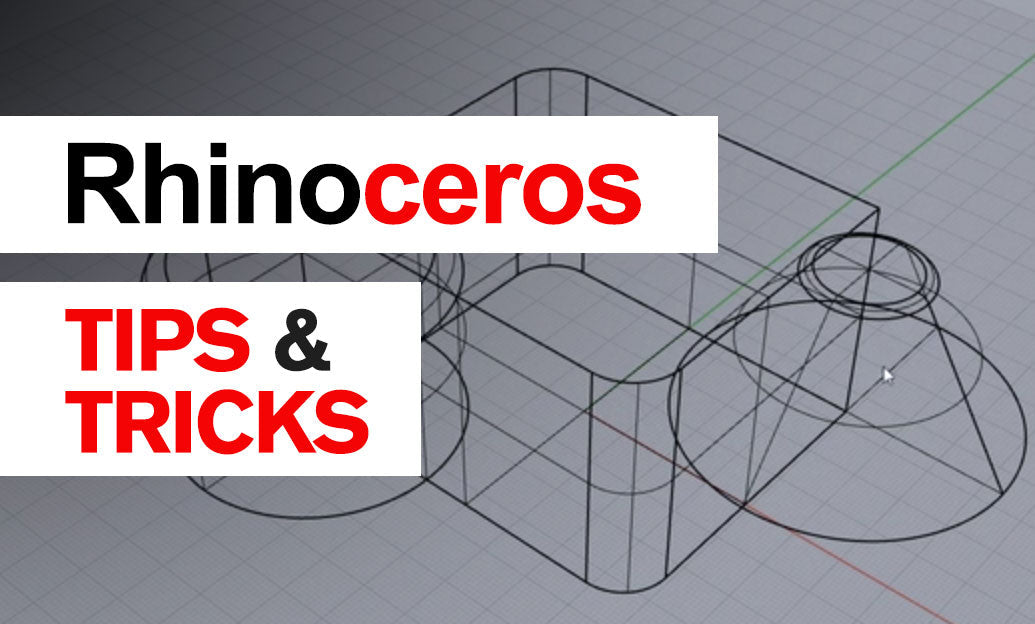Your Cart is Empty
Customer Testimonials
-
"Great customer service. The folks at Novedge were super helpful in navigating a somewhat complicated order including software upgrades and serial numbers in various stages of inactivity. They were friendly and helpful throughout the process.."
Ruben Ruckmark
"Quick & very helpful. We have been using Novedge for years and are very happy with their quick service when we need to make a purchase and excellent support resolving any issues."
Will Woodson
"Scott is the best. He reminds me about subscriptions dates, guides me in the correct direction for updates. He always responds promptly to me. He is literally the reason I continue to work with Novedge and will do so in the future."
Edward Mchugh
"Calvin Lok is “the man”. After my purchase of Sketchup 2021, he called me and provided step-by-step instructions to ease me through difficulties I was having with the setup of my new software."
Mike Borzage
V-Ray Tip: Enhancing Character Realism: Expert Tips for Skin Rendering with V-Ray
March 10, 2024 2 min read

Realistic skin rendering is a key element in creating lifelike characters for visual effects, games, and animations. V-Ray, a leading rendering software, provides an array of tools for achieving natural-looking skin. Today, we're sharing a tip that will elevate the quality of your character renders.
Tips for Using V-Ray for Realistic Skin Rendering
- Start with High-Quality Textures: The foundation of any good skin shader is the texture. Use high-resolution images and consider using subsurface scattering maps to capture the complex way light interacts with skin.
- Use Subsurface Scattering (SSS): V-Ray's SSS shader is essential for replicating the semi-translucent property of skin. Adjust the scatter radius to suit the scale of your model and the tone of the skin.
- Account for Different Skin Zones: Different parts of the body absorb and scatter light differently. Customize the SSS settings for various zones like the ears, nose, and limbs for more realism.
- Incorporate Microsurface Detail: Skin isn't perfectly smooth; it has pores, wrinkles, and micro-details. Use bump or normal maps to add this level of detail to your characters.
- Layer Your Shaders: Real skin has multiple layers, and you can simulate this by layering shaders in V-Ray. This can add depth and complexity to your skin renders.
- Simulate Oily and Dry Areas: Use specular maps to vary the shininess across the skin surface to represent oily and dry areas.
- Consider the Lighting Setup: Soft, diffused lighting will help to bring out the skin's natural textures and subtleties. Experiment with V-Ray's lighting solutions to find the most flattering setup for your character.
- Adjust the Overall Skin Tone: Use the V-Ray Frame Buffer's color correction controls to make final adjustments to the skin tone, ensuring it looks natural in its environment.
- Test Renders at Low Resolution: Before doing high-resolution renders, test your shaders at a lower resolution to speed up the process. Once satisfied, switch to a higher resolution for final output.
For those looking to dive deeper into the world of rendering, NOVEDGE is a great resource to explore. With a wide selection of V-Ray products and a knowledgeable team, they can help guide you to the right tools for your projects. Check out NOVEDGE's offerings by visiting their website at www.novedge.com/products/v-ray.
Remember, creating realistic skin in V-Ray is about subtlety and attention to detail. By following these tips and continuing to experiment with V-Ray's powerful features, you can achieve stunningly lifelike renders that bring your characters to life.
You can find all the V-Ray products on the NOVEDGE web site at this page.
Also in Design News

Bluebeam Tip: Maximize PDF Security and Efficiency with Bluebeam Revu's Flatten Tool
December 02, 2024 1 min read
Read More
Design Software History: Evolution and Impact of Geometric Constraint Solving in CAD History
December 02, 2024 2 min read
Read More
Rhino 3D Tip: Enhancing Scale Modeling Accuracy in Rhino 3D: Essential Tips for Designers and Engineers
December 02, 2024 2 min read
Read MoreSubscribe
Sign up to get the latest on sales, new releases and more …


